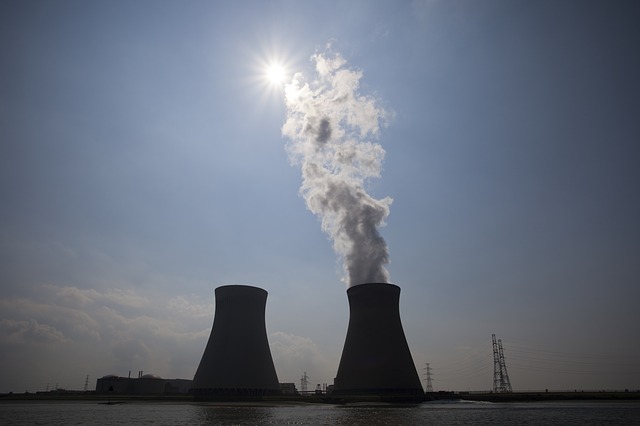By Romany Webb
The New York Independent System Operator (NYISO) – the entity responsible for managing New York’s electric grid – is currently undertaking a major review to determine whether and how a carbon price could be integrated into wholesale electricity markets. This is widely seen as necessary to harmonize markets with state policies aimed at decarbonizing electricity generation. To achieve that goal, the state has provided certain renewable and nuclear generators with out-of-market payments, intended to reflect their low-carbon attributes. Concerned that those payments may distort the wholesale electricity market – e.g., by causing uneconomic generators to remain in operation instead of retiring – NYISO has proposed “internalizing” the value of low-carbon generation by adopting a carbon price.
To explore possible approaches to carbon pricing, NYISO and state officials have convened a task force, which is expected to develop a proposed carbon pricing scheme by December 2018. While details of the scheme are still being discussed, NYISO has suggested that generators be required to pay a carbon fee, which would be calculated based on their carbon dioxide emissions per megawatt hour of generation, multiplied by a uniform (per ton) carbon price. How that price should be set has generated much debate among stakeholders.
One approach to setting the carbon price was explored in a white paper published by the Sabin Center last year. The paper suggested basing the carbon price on the federal government’s social cost of carbon (SCC), which is intended to reflect the “economic damages associated with . . . carbon dioxide.” As noted in the paper, the SCC is a “robust metric,” having been “developed using technical models, with input from multiple government departments and the public.” It is consistent with the carbon prices used internally by many electric utilities and has been adopted by various regulators to value carbon. For example, in its Clean Energy Standard, the New York Department of Public Service (NYDPS) used the SCC to derive the value of “zero-emissions credits” that are intended to compensate nuclear generators for their zero carbon attributes.
NYDPS will also be responsible for setting the carbon price used in wholesale markets and, consistent with its previous approach, appears to support basing that price on the SCC (with certain adjustments). At a stakeholder meeting on Monday, April 23, NYDPS staff presented the following table of carbon prices:
| Gross SCC | RGGI price | Net SCC | |
| $ nominal / ton | $ nominal / ton | $ nominal / ton | |
| 2020 | $47.30 | $6.56 | $40.74 |
| 2025 | $57.48 | $9.09 | $48.39 |
| 2030 | $69.32 | $12.55 | $56.77 |
Staff suggested that the “Net SCC” value be applied to generators participating in the Regional Greenhouse Gas Initiative (RGGI). As part of RGGI large generators (with a capacity of at least 25 megawatts) are required to purchase carbon dioxide emissions allowances through quarterly auctions. To ensure that those generators do not pay for the same emission twice, the carbon price imposed on them would be calculated based on the SCC, less the RGGI allowance price. Other generators, which do not participate in RGGI, would be subject to the full SCC.
While support for this approach was expressed by some stakeholders, others argued that use of the SCC is inappropriate, particularly given the Trump administration’s recent statement that it “no longer representative of government policy.” Many questioned whether, in these circumstances, the Federal Energy Regulatory Commission (FERC) would consider use of the SCC to be just and reasonable. (As previously discussed on this blog, FERC is responsible for overseeing wholesale electricity markets to ensure they deliver reliable services at just and reasonable rates, and will review any carbon pricing scheme proposed by NYISO to ensure it meets that standard.)
The answer to that question will ultimately depend on how the carbon pricing scheme is framed. NYISO and NYDPS have, to date, framed the scheme as a way to “harmonize the state’s energy policy and the efficient operation of . . . wholesale markets.” Adopting a carbon price based on the SCC is entirely consistent with that goal. As noted above, the SCC has been used extensively in formulating energy policy, and even formed the basis of the out-of-market payments carbon pricing is intended to address. Adopting a carbon price based on the SCC is, therefore, arguably just and reasonable. Whether it will also be acceptable to stakeholders remains to be seen.



